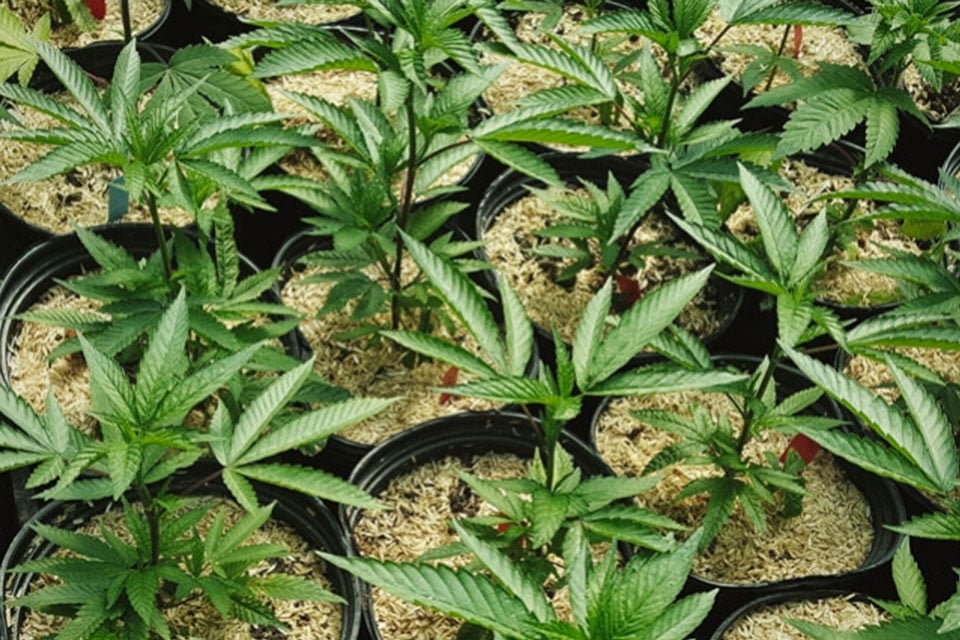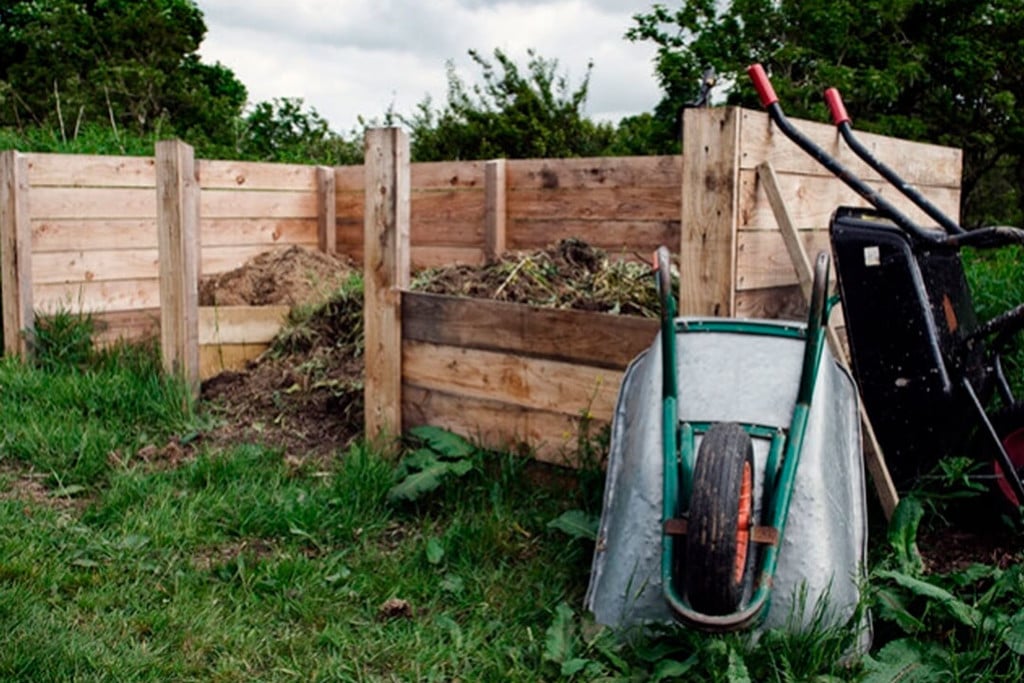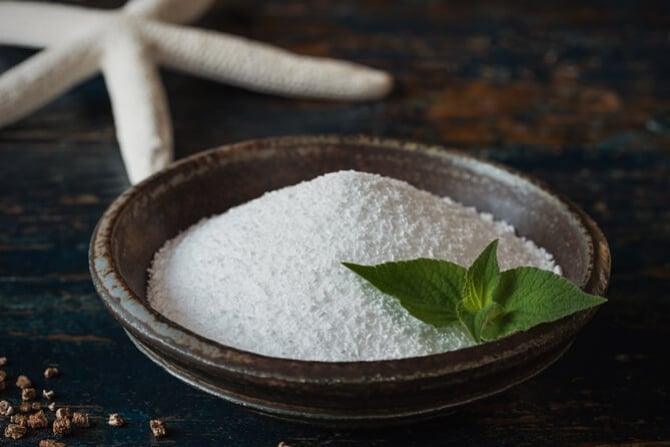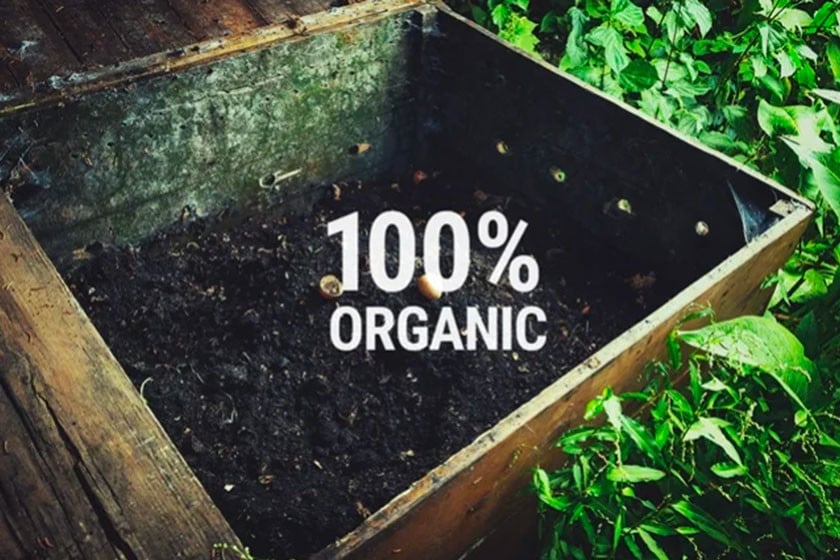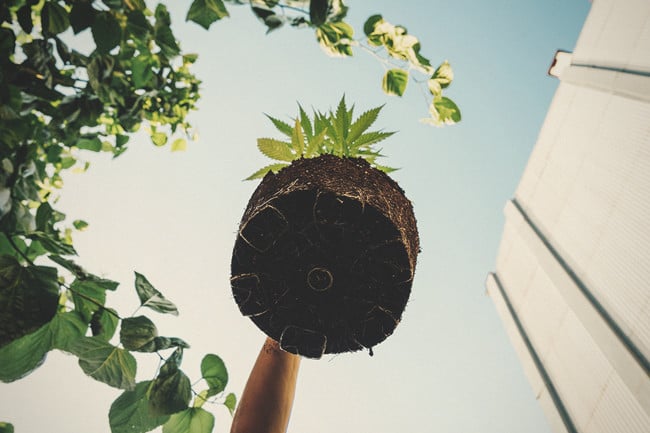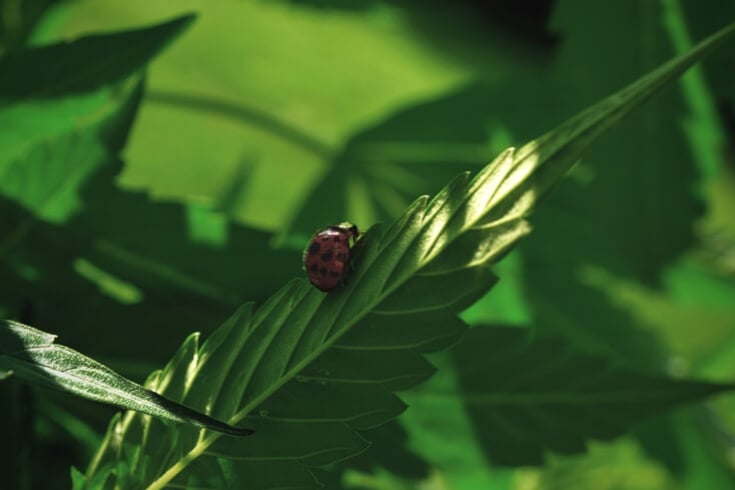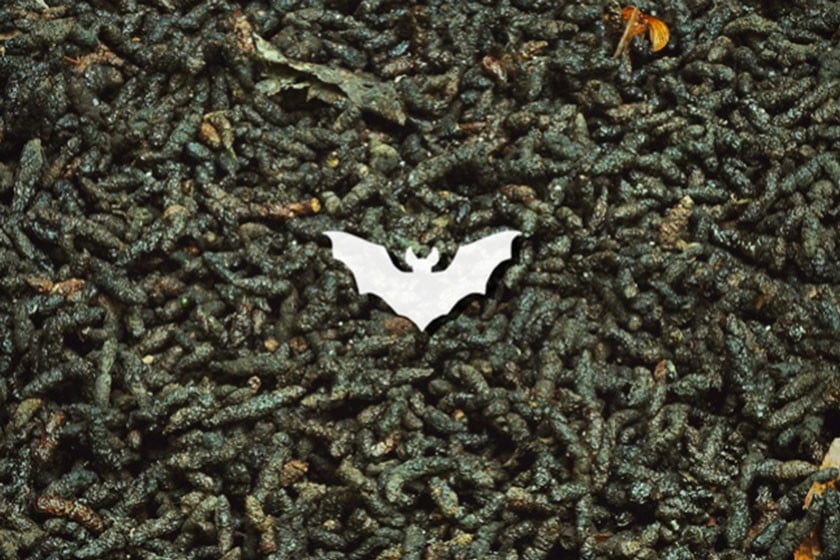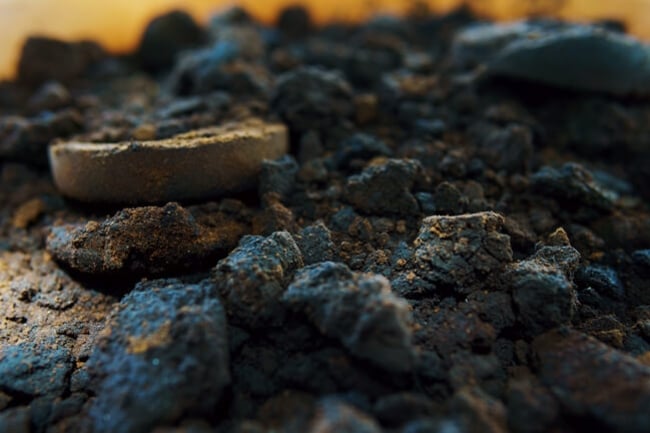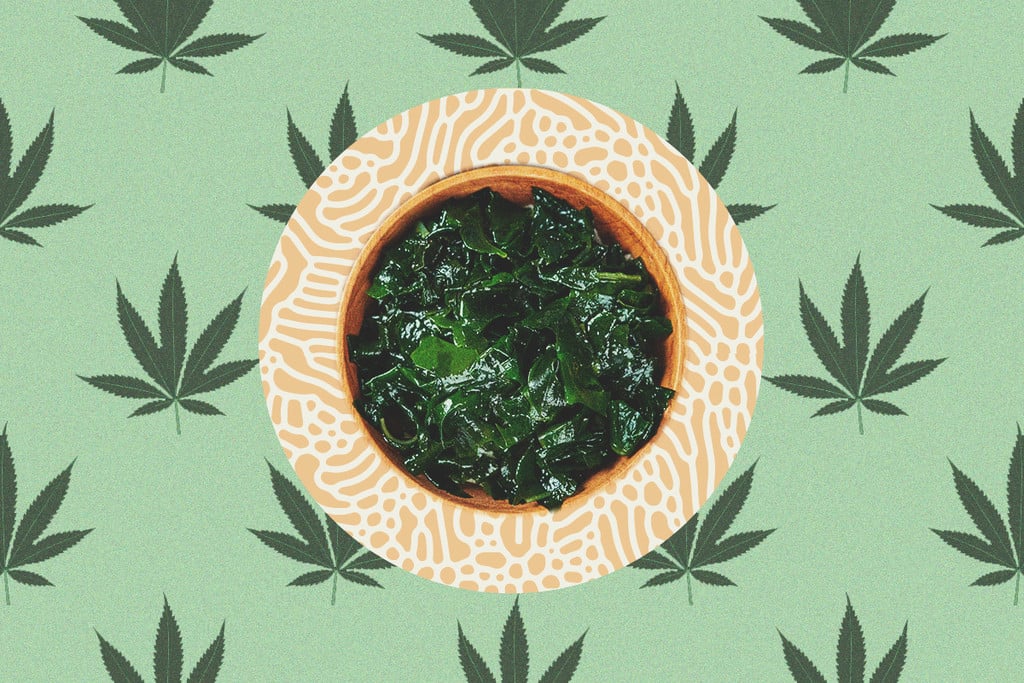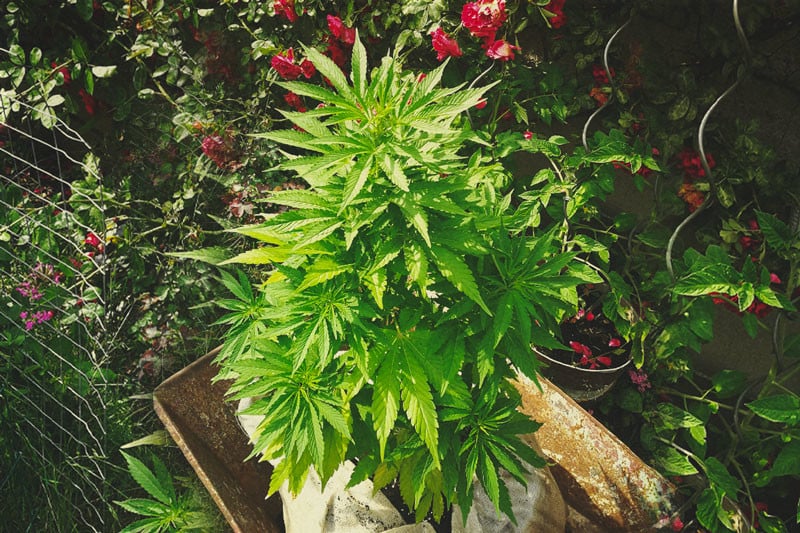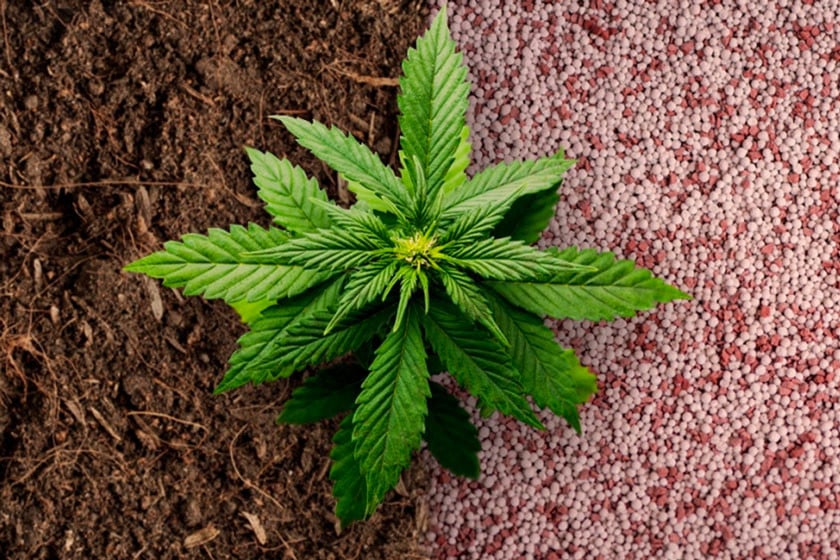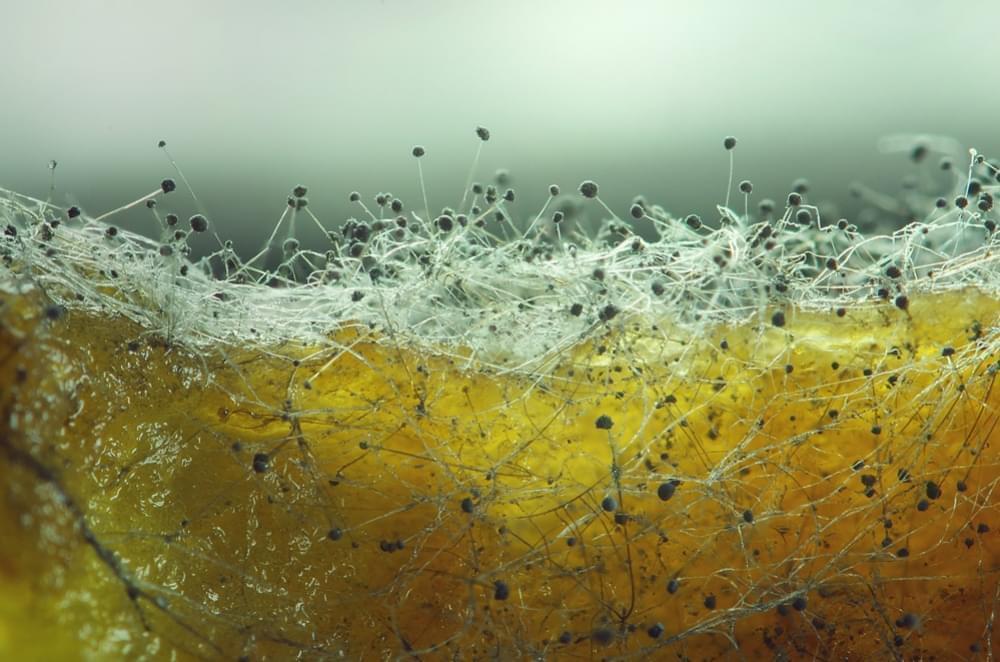.
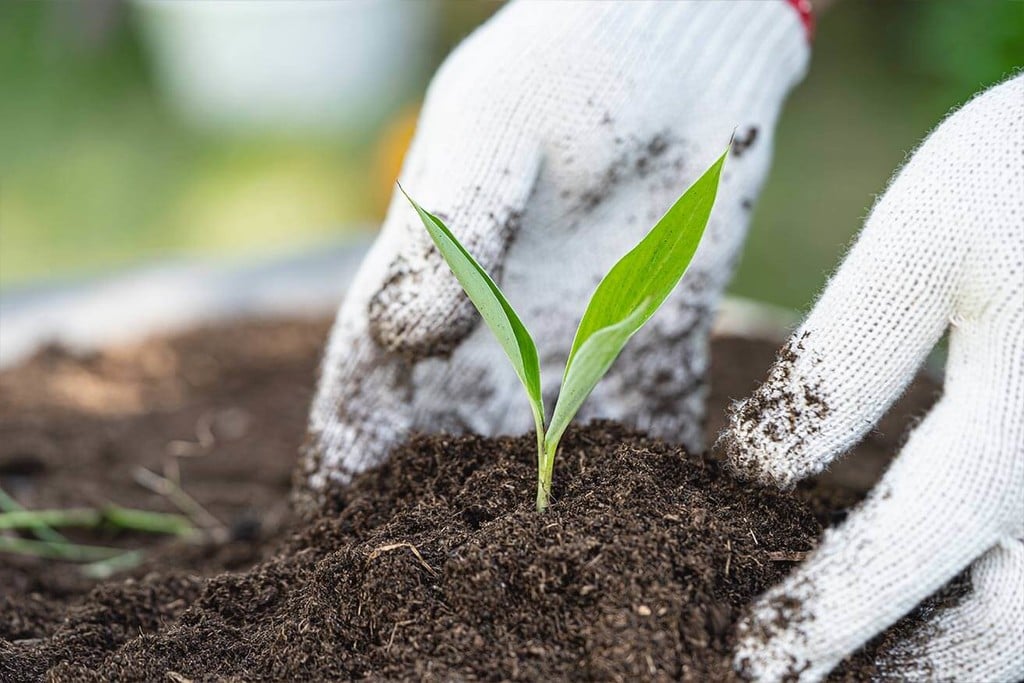
How Recycled Organic Living Soil (ROLS) Creates Great Weed
Kitchen scraps are trash, right? Grass clippings and wood chips have no greater destiny than your waste bin, correct? And coffee grounds? Totally useless, obviously? Wrong, wrong, and wrong again! Once you learn the ways of ROLS, you'll view these materials as a valuable resource that boosts cannabis plant health and yields!
Step away from the trash bin—we’re serious! Every gram of kitchen scraps, garden waste, and cardboard that you dump in the bin has the potential to feed your cannabis plants. In fact, when managed properly, these ingredients help to create a better growing medium than you could ever hope to find in a shop. Prepare to have your mind blown by the concept of recycled organic living soil. Save yourself some cash, and watch your crops thrive.
Contents:
What Is Recycled Organic Living Soil (ROLS)?
The term recycled organic living soil (ROLS) describes a growing technique that leverages organic materials and microorganisms to enhance soil fertility and reduce input costs over time[1]. Take this approach, and you’ll save money, have less of an impact on the environment, and produce thriving plants that deliver excellent yields. The ROLS method consists of three key principles:
- Recycled: ROLS involves recycling waste material, such as grass clippings and kitchen scraps, to create a growing medium filled with all of the minerals cannabis plants need to grow.
- Organic: This practice uses no synthetic fertilisers, pesticides, or herbicides. Not only will this save you money, but it will reduce the risk of chemical residues in your buds, and your garden as a whole.
- Living soil: Perhaps the most important element of ROLS, living soil refers to a thriving network of microbes in the soil, including fungi and bacteria, that enhance plant health and productivity.
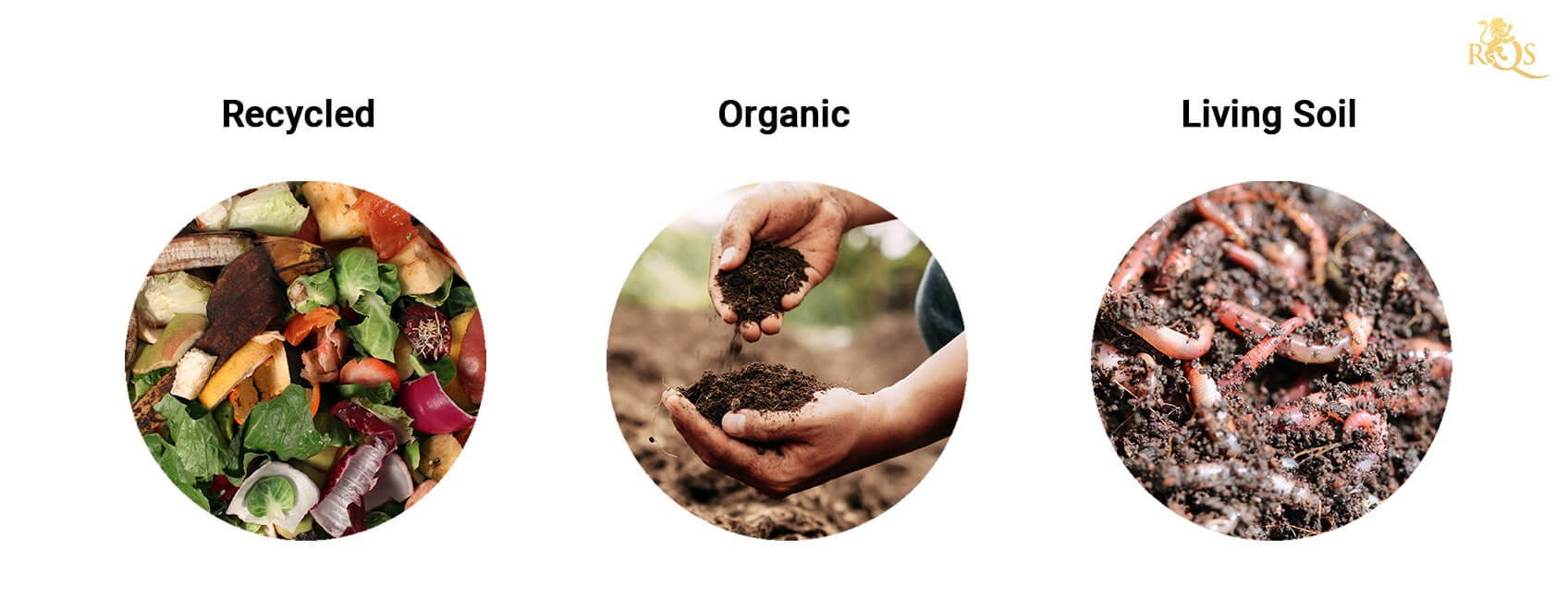
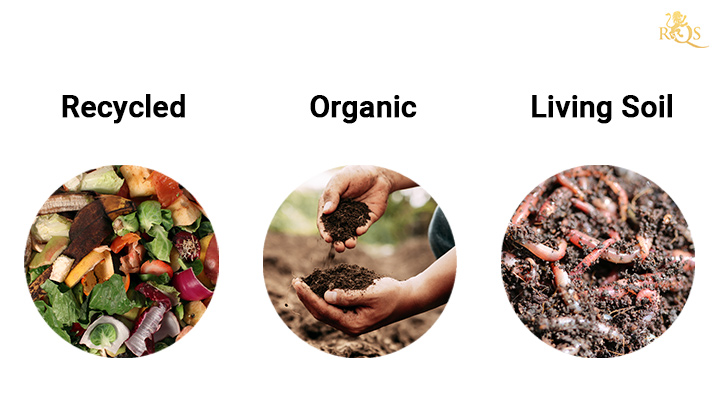
The Advantages of Recycled Soil
So, why should you try out ROLS as a cannabis grower? Well, there is a long list of benefits associated with this approach. Among them, the following three factors are perhaps the most advantageous to growers:
- Reduces costs: Instead of constantly buying bagged compost and topsoil, ROLS involves converting waste materials—that are typically completely free—into fertile compost. It’ll only take several growing cycles to notice the impact on your bank account.
- Builds fertility: This technique converts everyday materials, that otherwise end up in the bin, into black gold. Soil microbes and other organisms work to break down these materials into nutrients. With constant access to food, these life forms boom in number, which drastically increases nutrient cycling and carbon storage in the soil.
- Reduces waste: Applying ROLS principles allows you to make the most of waste materials. You’ll keep everything from cardboard boxes, apple peels, carrot ends, and grass clippings from ending up in the bin, instead transforming them into microbe food and plant nutrients.
The Benefits of an Organic Approach
As an organic methodology, ROLS autumns into a category alongside other, similar approaches to cultivation. While each of these methods is unique, they all share similar advantages, such as:
- Better for the environment: Organic cultivation methods don’t just pose less risk to the gardener; they also have a positive impact on the garden and the climate. Minimising tilling and applying mulch help to build organic matter and sink carbon into the soil.
- Preserve soil life: These techniques also help to protect the life in the soil that underpins everything it takes to grow a healthy plant and build fertility in the garden. Eliminating herbicides and synthetic nutrients allows fungi, bacteria, and worms to flourish. These organisms unlock all of the nitrogen, phosphorus, potassium, and other minerals that weed plants need to produce the best buds possible.
- Reduce pollution risk: Switching out harsh chemicals for compost and companion planting will provide a safe haven for wildlife. You’ll also eliminate runoff that inevitably ends up in nearby streams, lakes, and rivers.
Living Soil vs Dead Soil
Head out into the average farmer’s field, and you’ll come across loose, brown, dusty dirt. The result of conventional agriculture, this growing medium harbours very little life; it’s the result of profit and productivity over environmental sustainability.
In contrast, head into the garden of a grower that puts soil health above everything else, and you’ll find black, coffee-like, crumbly soil filled with fungal threads, worms, and aggregates. This approach puts biology first and doesn’t rely on synthetic fertilisers, and the results speak for themselves.
How to Make Living Soil
It doesn’t take much to create a fertile living soil that outperforms anything you can buy off a store shelf. There are many different ways to start adding microbial life to your soil. Each of these methods uses common and cost-free materials to obtain the same end result: more fertile soil, healthier plants, and bigger buds.
Composting
Composting involves piling up organic matter to speed up decomposition. Hot composting, as the name suggests, uses high temperatures to break down materials in a matter of weeks. To achieve this, you’ll need to combine 50% green materials that are high in nitrogen (kitchen scraps, garden waste, coffee grounds) with 50% brown materials that are high in carbon (cardboard, paper, wood chips). To start hot composting, add all of your ingredients to a pile at the same time. Simply turn your pile every 3–4 days for the first couple of weeks. From here, turn your pile once per week until it turns into precious humus. Add this product to your soil to inoculate it with microbes, increase water-holding capacity, improve aeration, and deliver key minerals.
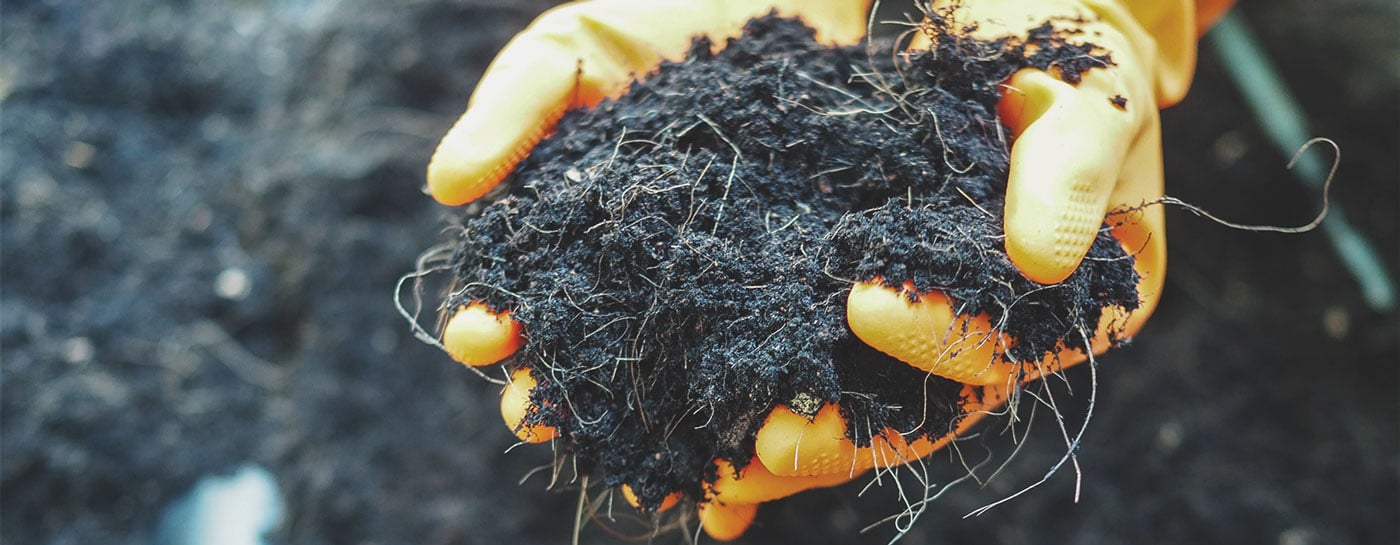
Compost Tea
Compost tea involves rapidly multiplying aerobic microbes by exposing your compost to a sugar source and oxygen[2]. Simply fill a 5-gallon (19l) bucket with non-chlorinated water and add 400g of compost and 50g of unsulphured molasses. Place an air stone into the bucket and leave it running for 24–36 hours. By the end of this process, you’ll see a thick layer of foam form on the top—a surefire sign of fermentation! Dilute your tea by adding 1 part tea to 10 parts water. Apply as a soil drench to inoculate your soil, or as a foliar spray to inoculate leaf surfaces.
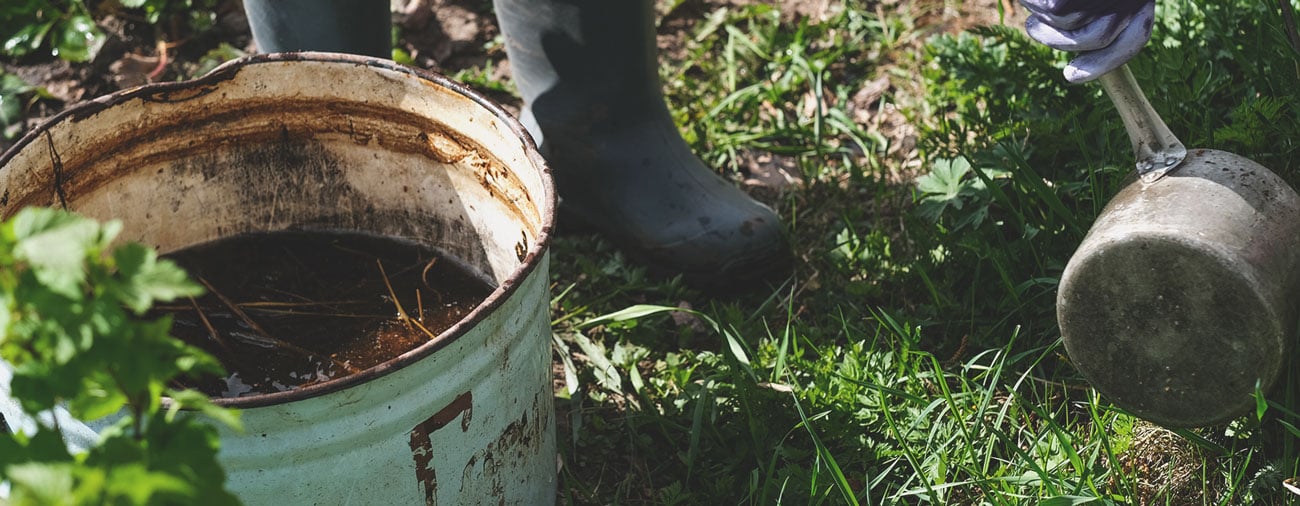
KNF and JADAM
Both Korean natural farming (KNF) and Jayonul Damun Saramdul (JADAM, or “people who like nature”) are fantastic systems that use natural inputs, such as indigenous microorganisms like fungi, bacteria, yeast, actinobacteria, plant matter, and microbes, to create fertilisers and inoculants. Both of these methods encompass a long list of potential preparations, including inoculants made from leaf mould, fertilisers made from nettles, and natural pesticides created from potent herbs. If you’re just getting started, try out JADAM liquid fertiliser. Simply add all manner of organic matter to a bucket along with a handful of compost, and fill it with water. Return weeks later and dilute this by adding 1 part to 100 parts water.
Mulching
Mulching helps to quickly create high-quality living soil[3] for weed. By applying dead mulches to your soil, such as straw or grass clippings, you’ll shelter the soil from UV rays and prevent it from drying out too quickly. Plus, these materials feed worms and other shredding critters (just make sure you get them from an organic source). In contrast, living mulches involve sowing different types of plants to cover bare soil. Anything from winter squash to red clover helps to prevent water loss while pumping sugar exudates into the soil that feed beneficial microbes.
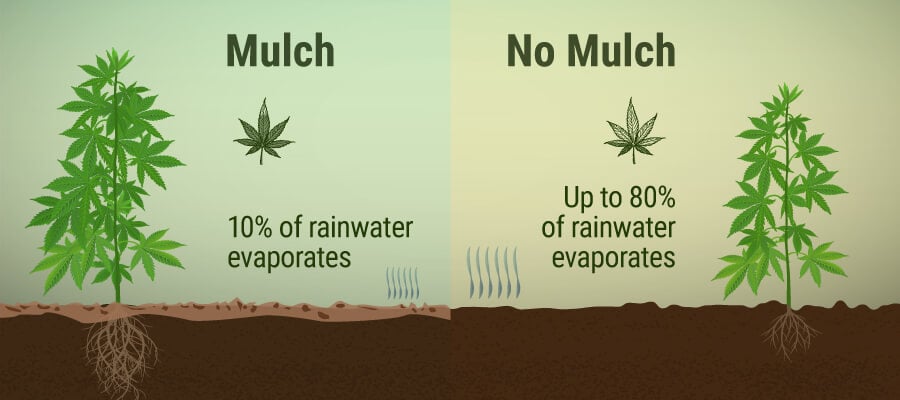
Bokashi
Bokashi composting uses a consortium of microbes known as EM[4]. Although patented, growers can get their hands on inoculated bokashi bran that contains these microbes. Bokashi creates pre-compost out of waste food through anaerobic fermentation, meaning you’ll need to use an airtight bucket[5]. Simply add in layers of food and sprinkle in a tablespoon of bran every few centimetres. Unlike normal composting, you can add all types of food to a bokashi bucket, including meat, dairy, rice, and fish.
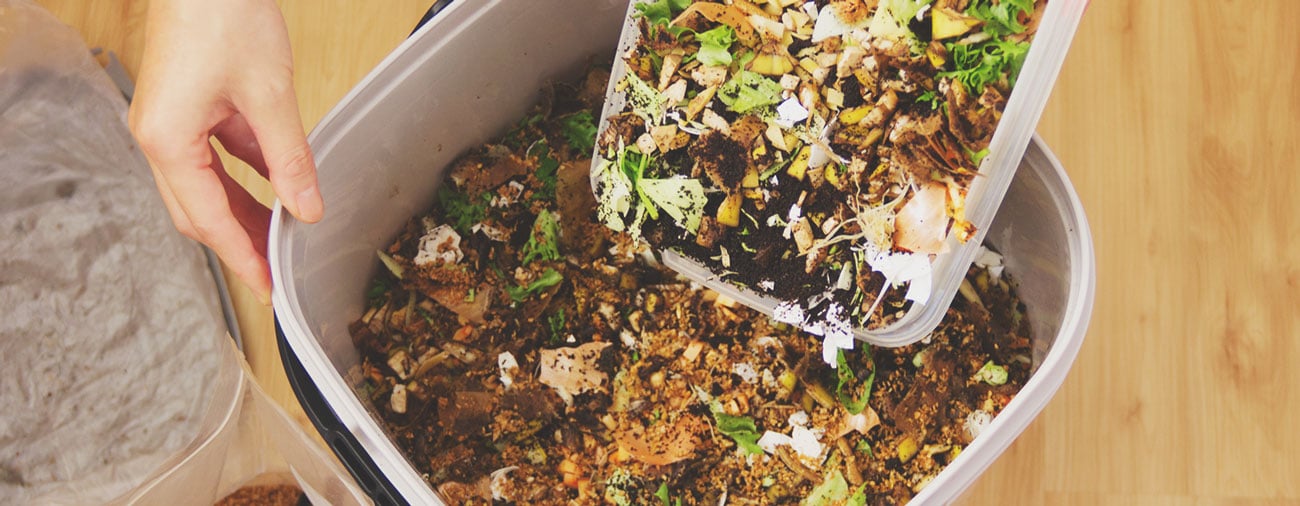
How Organic Soil Builds a Healthy Food Web
By creating your own living soil, you’ll create a pristine habitat for billions of different microbes. In concert, each of these groups helps to keep the soil food web in balance. Their cycle of life and death ultimately makes nutrients available to plants. Find out the critical role that some of these organisms play below.
Fungi
Fungi[6] play vital roles in the soil food web as both decomposers and synergists. Some types of fungi, known as saprophytes, excrete acidic enzymes in order to break down larger, more complex molecules into smaller forms that plants can use. Others, such as mycorrhizal fungi, physically fuse to plant roots. They reach out into the soil to mine phosphorus and trade it for the sugars plants create during photosynthesis.
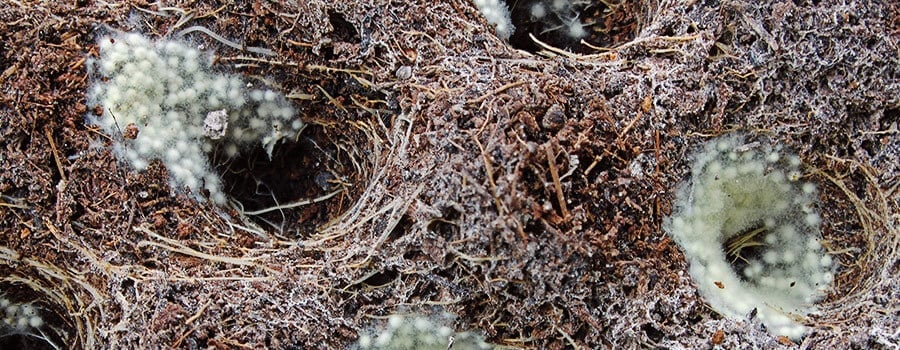
Bacteria
Bacteria are true heroes in the soil. They work overtime to break down organic matter high in nitrogen. Plants then attract bacteria to their roots using exudates and essentially farm them there. Larger predators come along to eat them and release the nitrogen that they contain right around plant roots. Plus, plants even consume entire bacterial cells through their roots in a process known as rhizophagy, stripping down their cell walls to harvest nitrogen.
Nematodes
There are many different types of nematodes in a healthy soil food web. These microscopic worm-like critters hunt down bacteria, fungi, and other nematodes to survive. However, they can only use a small amount of the nutrients from their prey. The rest gets freed up and taken in by plant roots. Nematodes also help to transport bacteria around the soil[7], inoculating the subterranean landscape as they move.
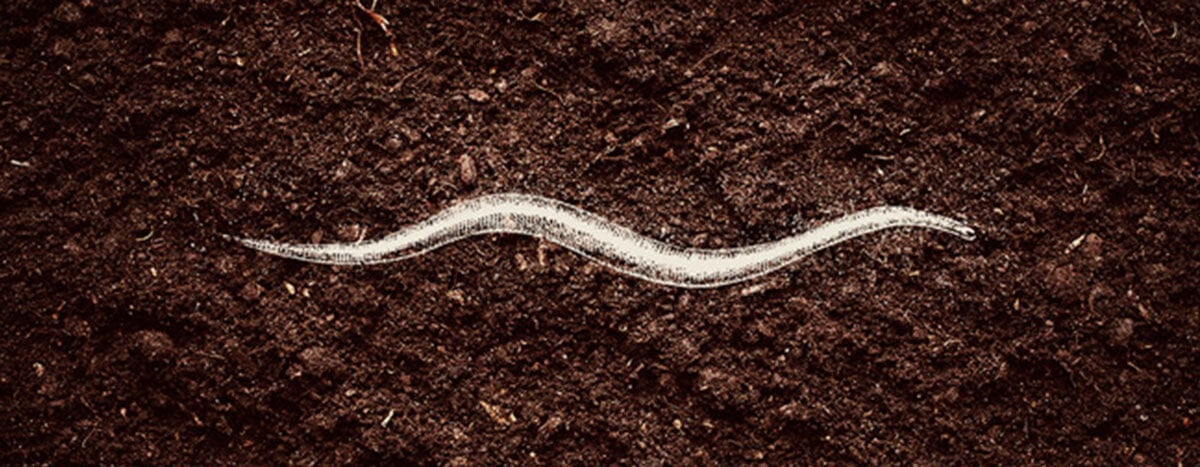
Worms
Worms are a reliable indicator of healthy living soil. They differ from many food web members in that they’re visible to the human eye. Worms play a crucial role in soil health. They aerate the soil, shred organic matter, and excrete a nitrogen-rich slime as they move. The presence of worms is correlated with enhanced plant health and productivity.
Growing Methods That Utilise Recycled Organic Living Soil
Rather than using ROLS as a standalone technique, many experienced weed growers combine it with other agricultural practices that offer a wealth of additional benefits. Get to know a few of them below.
- Permaculture
- This holistic approach to agriculture seeks to utilise regenerative practices in all areas of human life. In the garden, permaculture focuses on closed-loop systems, water capture, companion planting, mulching, and soil health. ROLS fits perfectly within the permaculture paradigm as a means of transforming waste streams into sources of fertility.
- Biodynamic Farming
- Biodynamic farming combines organic agriculture with mystical and spiritual elements. It places a large emphasis on sowing and planting in accordance with the lunar calendar to promote plant health. With a huge focus on closed-loop systems that utilise balanced inputs, ROLS fits in neatly with this interesting method of growing weed, food, and other crops.
- No-till
- ROLS helps to build high-quality fertile soil, and no-till gardening helps to maintain it. By easing off the digging and shovelling, you’ll leave delicate soil aggregates and fungal threads intact. Instead of destroying the microbial communities you worked hard to build, hanging up your hoe will help them to flourish. The result? Plants that are less vulnerable to pathogens, have more access to nutrients, and are more likely to keep your stash jars full.
- Indoor Living Soil
- The growing methods listed above may seem like they require large garden beds, but they aren’t exclusive to the outdoors. Using large containers, growers can successfully apply these methods indoors under grow lights. Several years ago, the average grow room looked relatively sterile with bare soil and not much else going on. Now, cultivators are harnessing the power of ROLS, companion planting, and living mulches to develop soil food webs between four walls.
- Organic Living Soil: Recycling vs Reusing
- Can you reuse living soil? You certainly can! If you grow in containers, you absolutely need to stop throwing away soil after harvesting your plants. Instead, empty the contents of your pots onto a tarp. Next, add some fresh ROLS and a few dry amendments, and place it all back into the pot. You’ve just rejuvenated your soil at a fraction of the cost! You can also leave the roots in there as another source of organic matter for hungry soil microbes.
Exponentially Increase Fertility With Recycled Organic Living Soil
So, how do you like the sound of ROLS? This approach to growing weed will save you money, increase the fertility of your grow room and garden, and help you dump digging, herbicides, and synthetic nutrients. Not only that, but you’ll start seeing nutrients everywhere—and we mean everywhere! Once you embrace ROLS, it becomes a lifestyle. After you tackle your own waste streams, expect to start picking up cardboard sheets, used coffee grounds, grass clippings, and wood chips from local businesses and households. Don’t say we didn’t warn you!
- The living soil : fundamentals of soil science and soil biology in SearchWorks catalog https://searchworks.stanford.edu
- https://www.tandfonline.com/doi/abs/10.1080/1065657X.2002.10702095
- Effects of Mulching on Soil Biota and Biological Indicators of Soil Quality | SpringerLink https://link.springer.com
- https://www.sciencedirect.com/science/article/abs/pii/S0261219417301485?via%3Dihub
- Frontiers | Characterization of Composted Organic Amendments for Agricultural Use https://www.frontiersin.org
- https://www.sciencedirect.com/science/article/abs/pii/S0168644504000907
- Role of nematodes in soil health and their use as indicators - PubMed https://pubmed.ncbi.nlm.nih.gov


























